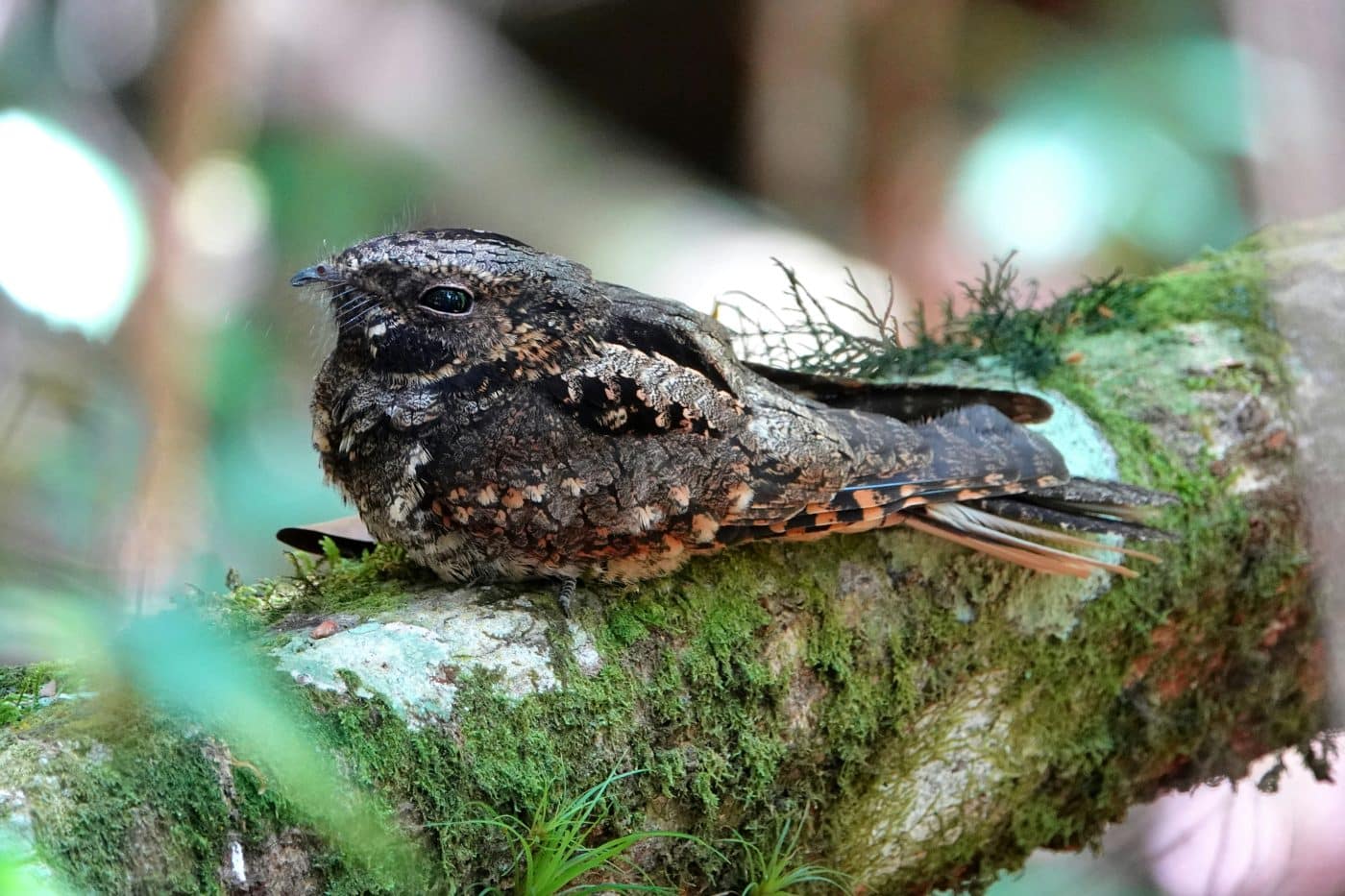 Shutterstock
Shutterstock
When the sun dips below the horizon and most of the world dozes off, a different cast of characters steps into the spotlight—one that prefers moonlight over sunlight, silence over chaos, and shadows over center stage. These nocturnal creatures live secret lives under the cover of darkness, navigating the world while we snore in blissful ignorance. While owls and bats often get all the nighttime credit, there’s an entire league of lesser-known animals out there doing weird, wild, and sometimes downright creepy things in the wee hours. These creatures are so elusive, that even the full moon probably doesn’t catch them on every shift. So grab your flashlight (but don’t expect to see much), and meet 13 sneaky animals that are practically allergic to daylight/
Pangolin
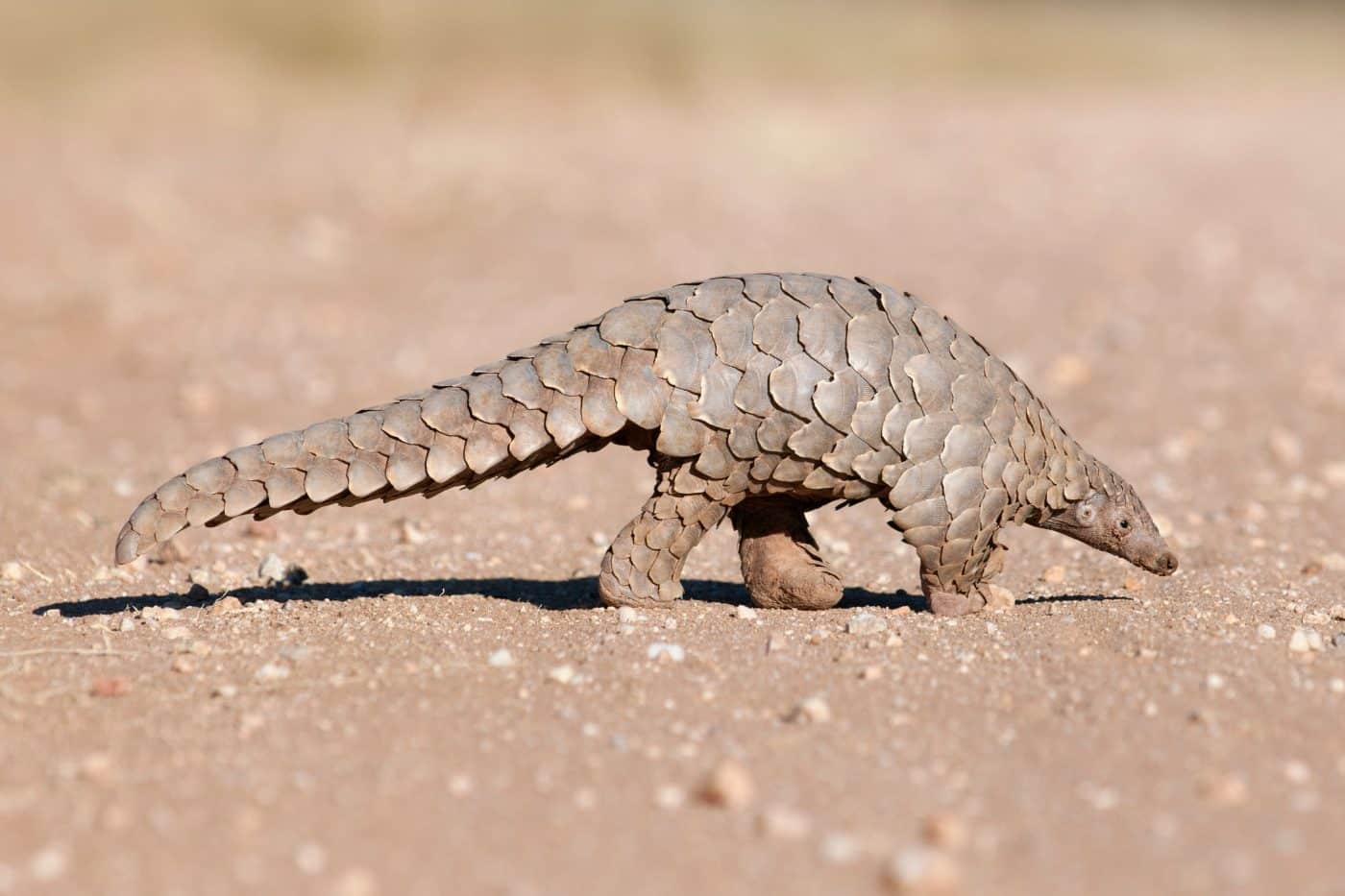 Shutterstock
Shutterstock
Pangolins may look like walking pinecones with legs, but don’t let their armor fool you—they’re shy, sweet insectivores that come out only under cover of darkness. Found in parts of Asia and Africa, these scaled mammals are expert ant and termite hunters, using their long, sticky tongues to slurp up bugs from deep underground. Because they’re solitary, nocturnal, and live in dense forests or burrows, they’re rarely spotted by humans. Sadly, they’re also one of the most trafficked mammals in the world, which makes their low profile both a survival tactic and a curse. Pangolins are the introverts of the animal kingdom, hiding from both the spotlight and paparazzi poachers.
Fossa
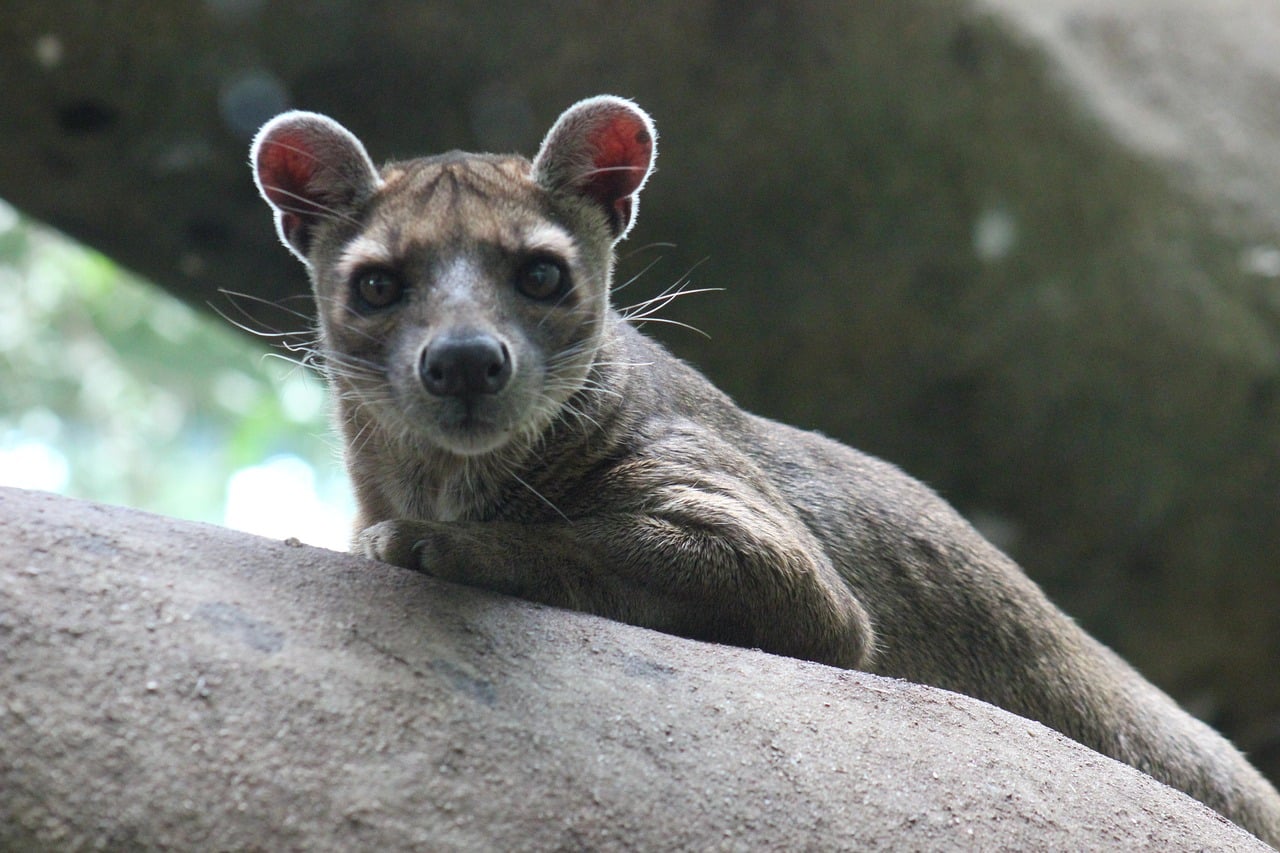 Shutterstock
Shutterstock
Madagascar strikes again with the fossa, a strange, cat-like predator that technically isn’t a cat at all. Related to the mongoose, the fossa prowls the island’s forests at night, hunting lemurs with eerie agility and ninja-level stealth. It has semi-retractable claws and flexible ankles that let it climb up and down trees like a furry jungle acrobat. During the day, it retreats into dense foliage to nap like the secretive superstar it is. Most people have never seen one in real life, which makes Fossa Nature’s version of an A-list celebrity with an unlisted address.
Sugar Glider
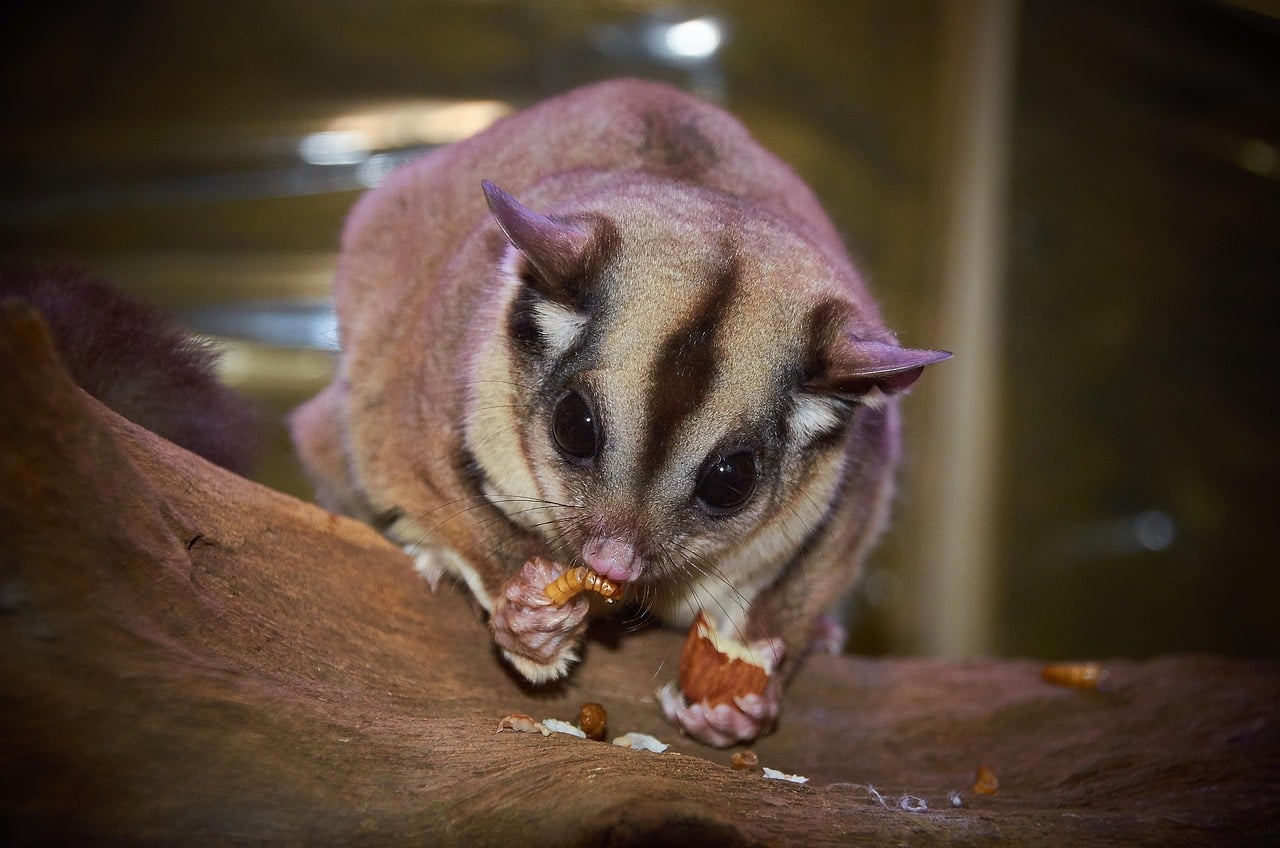 Shutterstock
Shutterstock
This adorable, gliding marsupial from Australia may sound like a candy-themed superhero—and honestly, it kind of is. Sugar Gliders are tiny, fluffy, and equipped with a skin membrane that lets them glide silently from tree to tree at night. They’re social, chatty (in a quiet chirpy way), and completely nocturnal, spending daylight hours snoozing in tree hollows. Their enormous eyes help them navigate in low light, and their diet of nectar and insects keeps them buzzing till dawn. Think of them as flying squirrels with a sweet tooth and a strict “no sunlight” policy.
Aardwolf
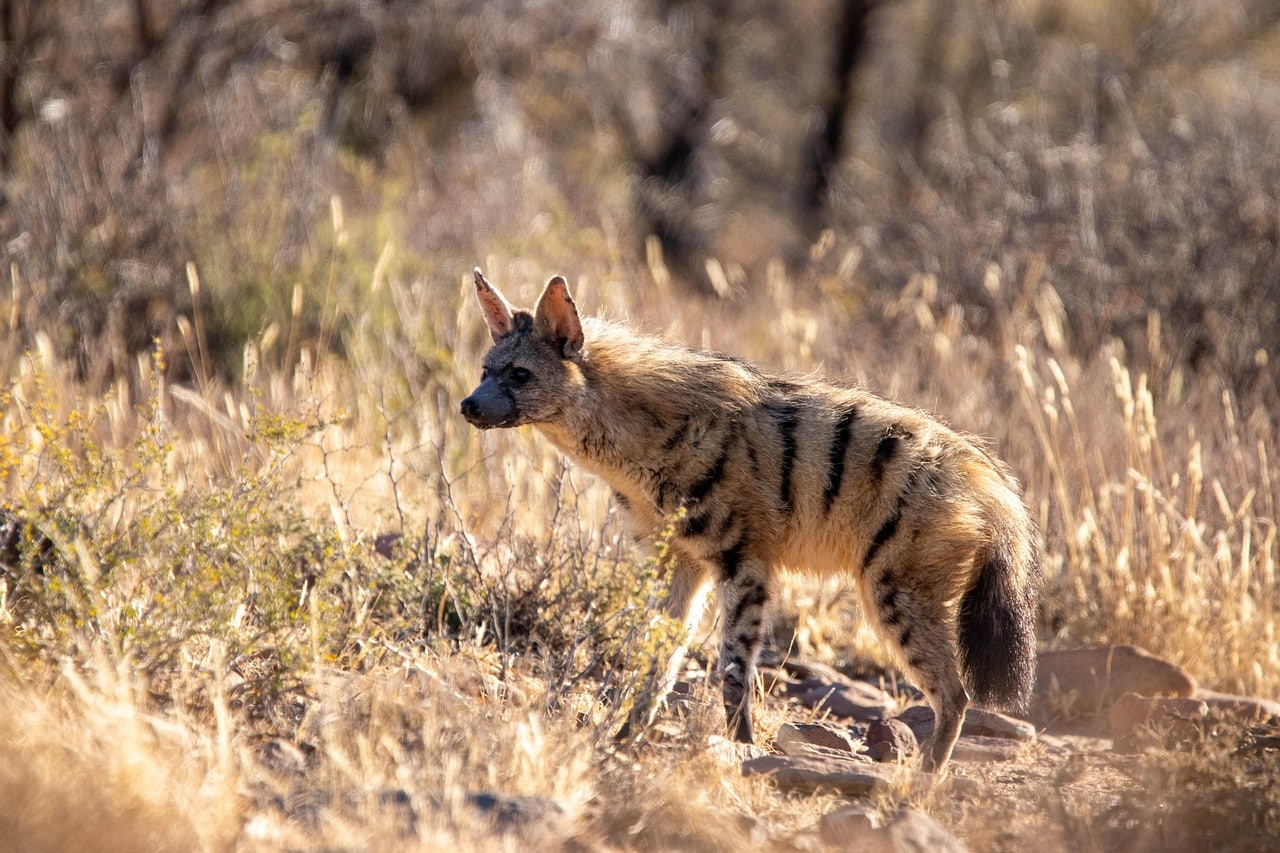 Shutterstock
Shutterstock
Despite the name, the Aardwolf isn’t a wolf—it’s a termite-munching relative of the hyena. Native to East and Southern Africa, this shaggy, striped insectivore prefers moonlit meals of termites over daytime drama. It uses its long, sticky tongue to slurp up thousands of bugs every night while avoiding contact with other animals. Shy, solitary, and nocturnal, it hunkers down in burrows during the day and avoids confrontation like an introvert at a party. If quiet, misunderstood bug-eaters had a mascot, the Aardwolf would be the star.
Tarsier
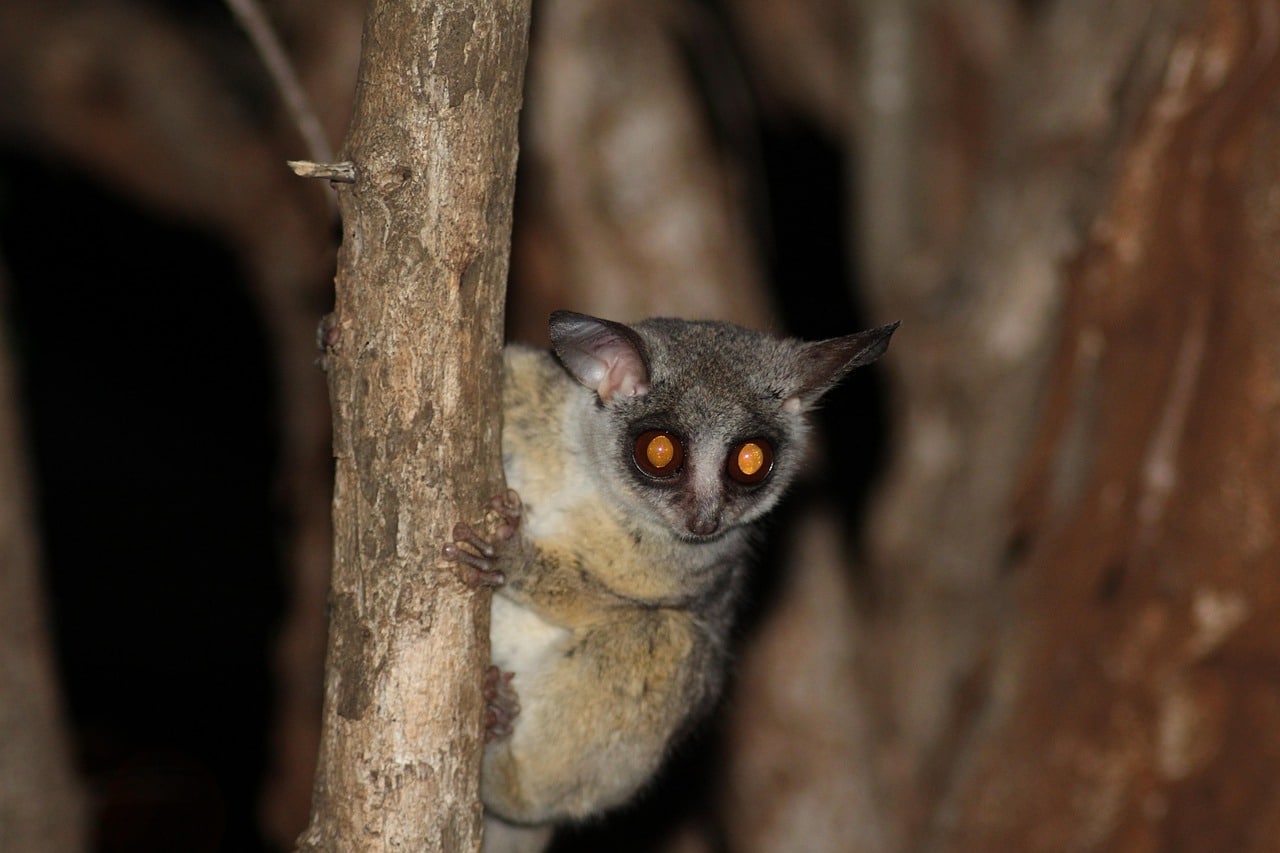 Shutterstock
Shutterstock
With enormous eyes that take up most of their head, tarsiers look perpetually startled—and maybe that’s because they’ve seen what goes down in the forest after dark. These pint-sized primates live in Southeast Asia and are strictly nocturnal, spending their nights leaping between branches in pursuit of insects and small animals. Their vision is adapted for low light, and their necks can rotate nearly 180 degrees, giving them an owl-like ability to scan for prey. During the day, they hide in thick vegetation or tree hollows, avoiding bright light like a caffeinated goth. You’ll never find one sunbathing—they didn’t sign up for that kind of drama.
Spotted Genet
 Shutterstock
Shutterstock
The Spotted Genet may look like a feline, but it’s more closely related to mongooses. With a sleek spotted coat, a long banded tail, and a slinky walk straight out of a spy movie, this African mammal is built for stealth. It hunts at night using sharp senses and a gymnast’s agility to pounce on rodents, birds, and insects. By daylight, it retreats to rocky crevices or hollow trees, vanishing like a puff of perfume-scented smoke. Catching a glimpse of one during the day? Not unless you have a time machine or a lot of night-vision cameras.
Slow Loris
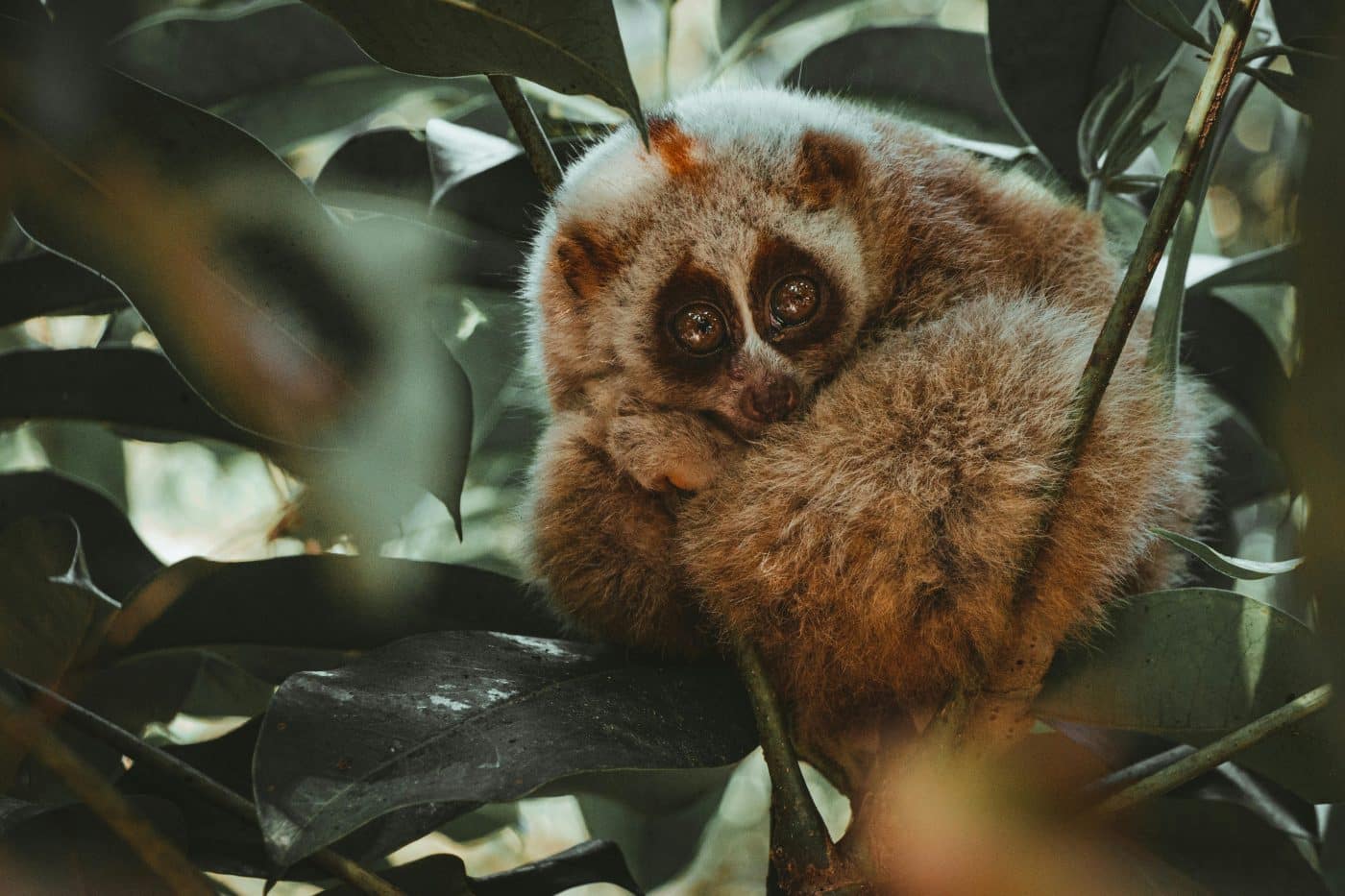 Shutterstock
Shutterstock
Don’t be fooled by those giant, soulful eyes—the slow loris is a stealthy, venomous tree-dweller that only comes out when the sun goes down. Native to Southeast Asia, this nocturnal primate has a sluggish but deliberate movement style that helps it sneak up on insects and small prey. It secretes a toxin from glands in its elbows, which it mixes with its saliva for a venomous bite—because cute and creepy can coexist. During the day, slow lorises hide in dense foliage or tree hollows, napping like mysterious forest assassins. They’re the kind of animal you wouldn’t expect to bite—and then boom, surprise venom.
Woolly False Vampire Bat
 Shutterstock
Shutterstock
Don’t let the name spook you—it doesn’t drink blood. The Woolly False Vampire Bat, found in Southeast Asia, hunts small animals like frogs and insects with impressive precision. It’s one of the few bats that doesn’t echolocate during flight, relying instead on silent gliding and ninja-like reflexes. It roosts alone or in small groups in hollow trees or caves, completely invisible during the day. If Batman were real and tiny and fuzzy, this would be him.
Nightjar
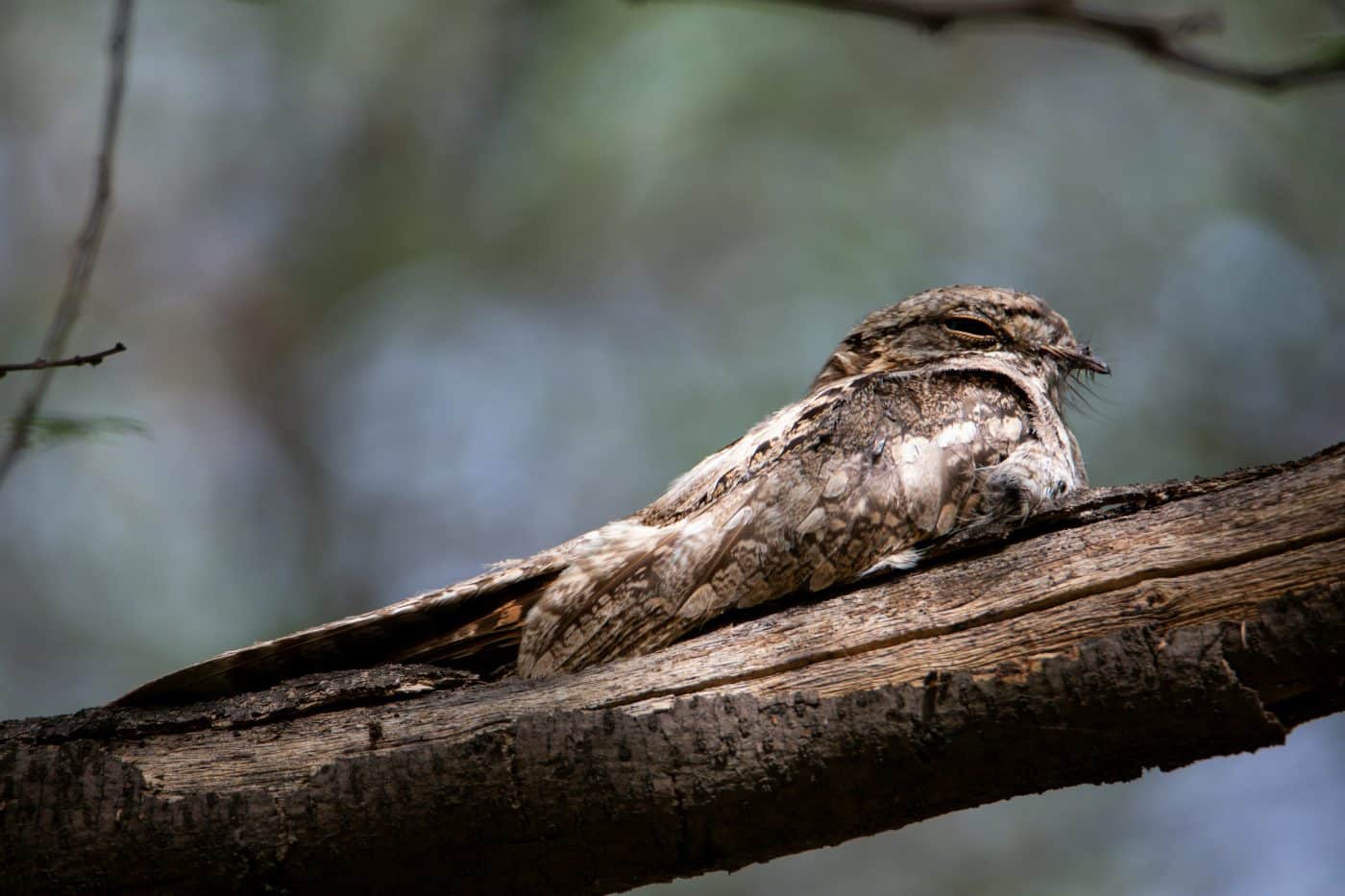 Shutterstock
Shutterstock
The nightjar is a bird that looks like a leaf, sounds like a ghost, and only makes appearances after the sun sets. Found around the world, nightjars are insect-eating birds with incredible camouflage and nocturnal habits that make them hard to spot. They nest directly on the ground, blending into their surroundings so seamlessly that even predators miss them. With silent flight and haunting calls, they own the twilight hours like feathered phantoms. If Dracula had a bird, it would be the nightjar.
Sand Cat
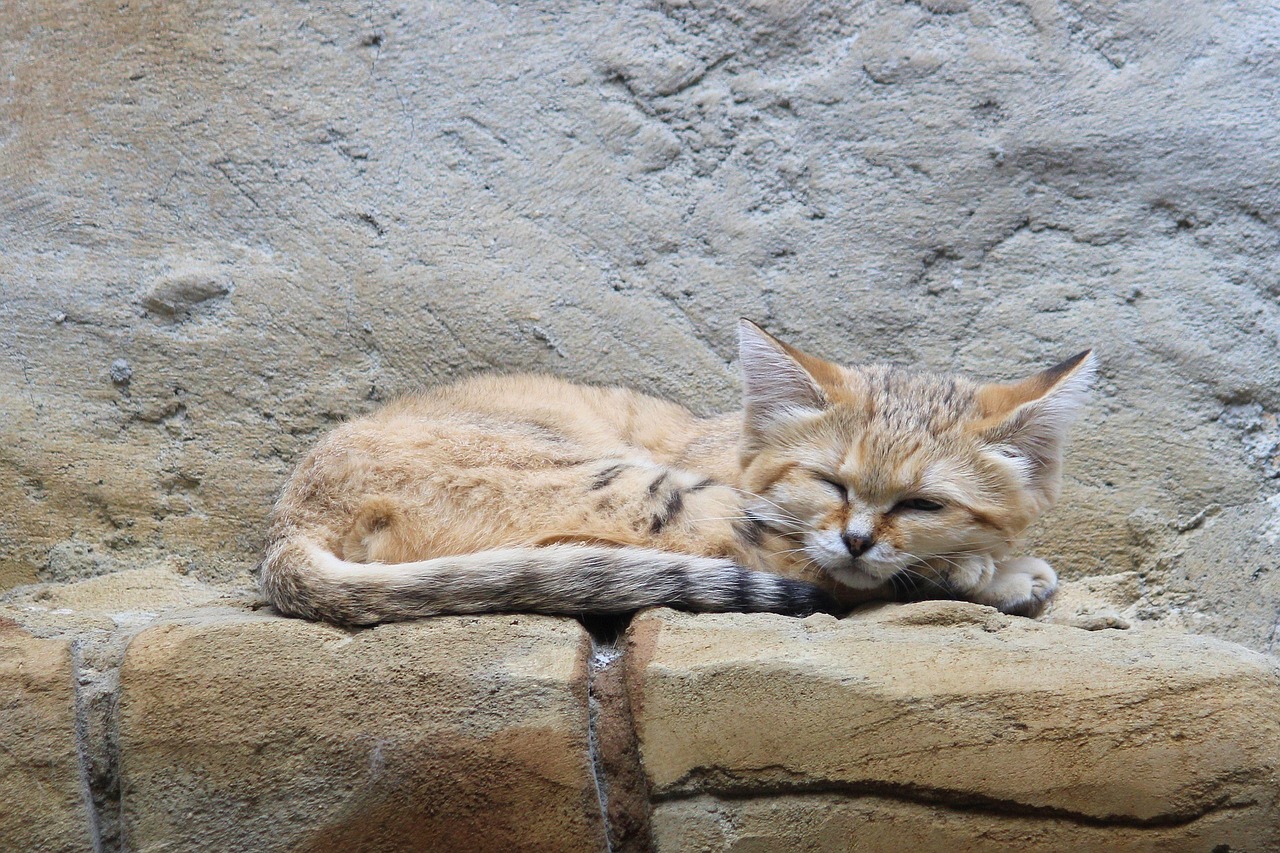 Shutterstock
Shutterstock
Tiny, fluffy, and living in some of the harshest deserts on Earth, the Sand Cat is a nocturnal feline you’ve probably never seen—and that’s by design. It avoids the blazing daytime heat by hiding in underground burrows, coming out only at night to hunt rodents, reptiles, and insects. With wide-set ears and soft, sand-colored fur, it’s perfectly adapted for stealth in the dunes. It’s also one of the least-studied wild cats in the world, making it one of nature’s best-kept secrets.
Greater Galago
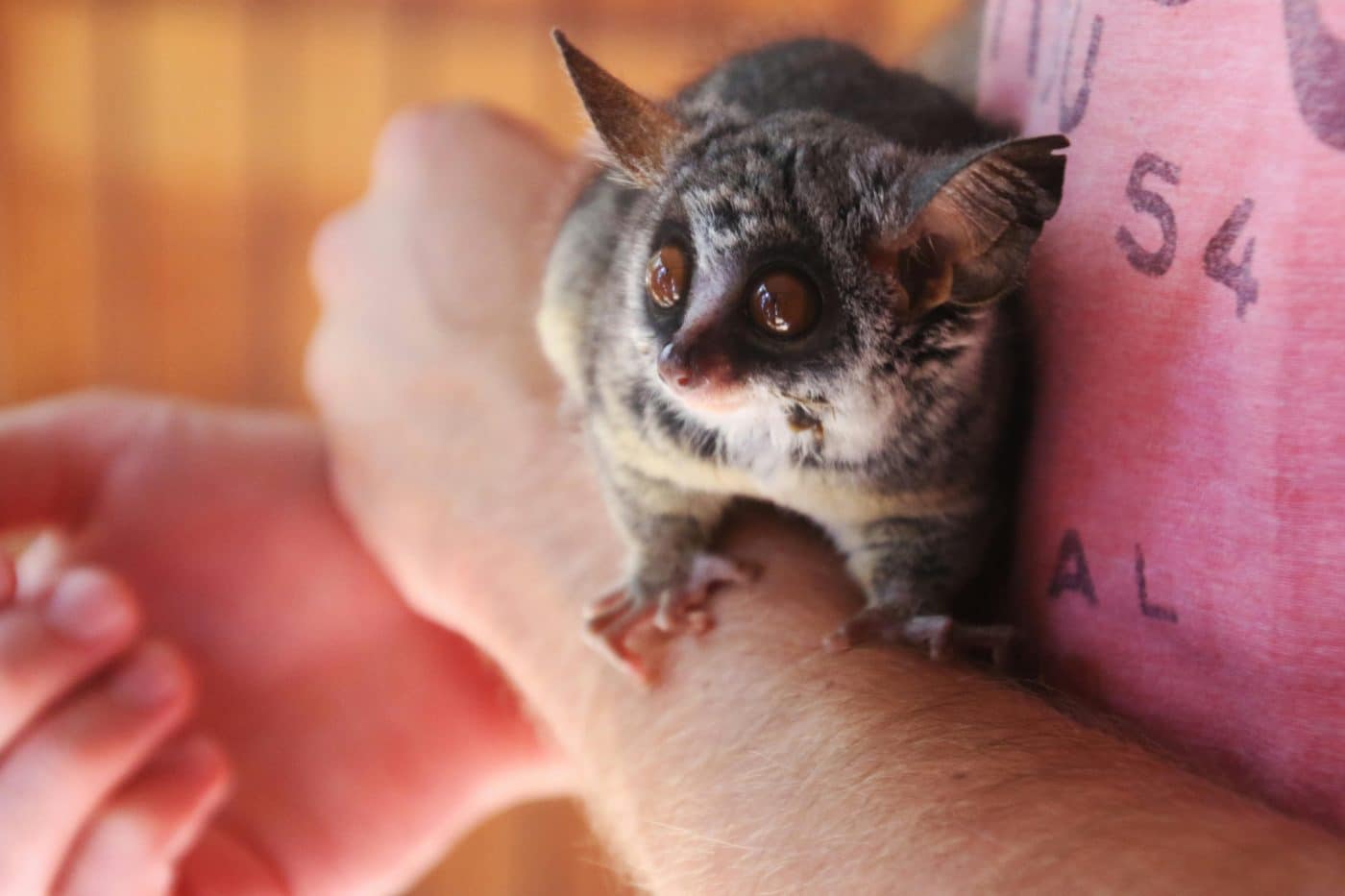 Shutterstock
Shutterstock
Yes, the bush baby has a cousin—meet the Greater Galago, the slightly larger, even more elusive member of the Galago family. With its giant eyes and bat-like ears, it navigates the African treetops under moonlight with silent precision. It can leap extraordinary distances between trees, snatch insects midair, and communicate using eerie, haunting calls. By daylight, it disappears into tree hollows, making it almost impossible to find unless you’re invited to its secret branch club.
African Wildcat
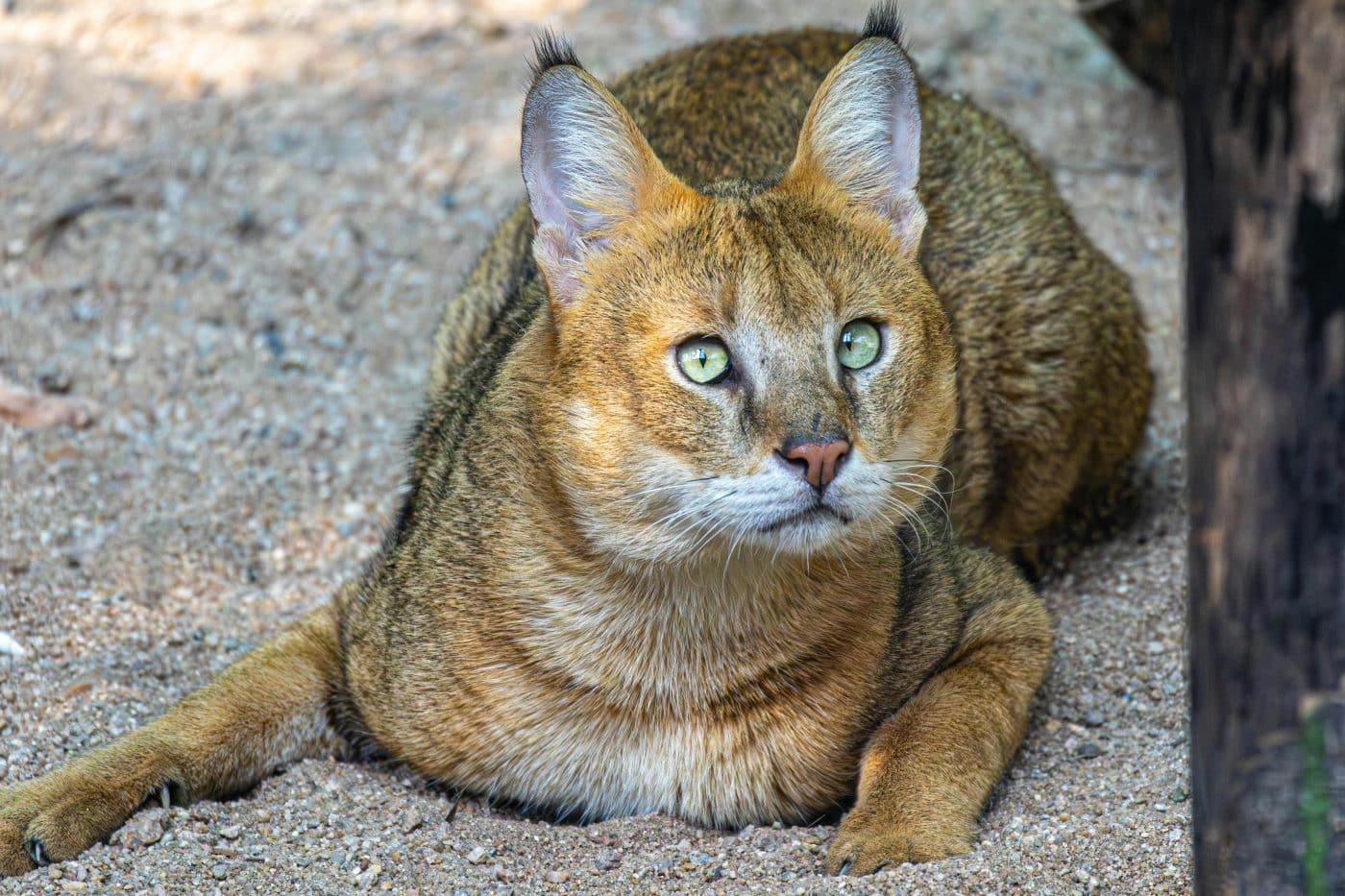 Shutterstock
Shutterstock
Often mistaken for a stray house cat, the African Wildcat is the wild ancestor of all domestic cats. It roams the savannas and deserts of Africa at night, hunting rodents and small birds with surgical precision. By day, it hides in tall grasses or burrows to avoid heat and danger. Despite its familiar appearance, it lives a secretive, solitary life. It’s your house cat’s cooler, wilder cousin who only shows up when everyone else is asleep.
Numbat
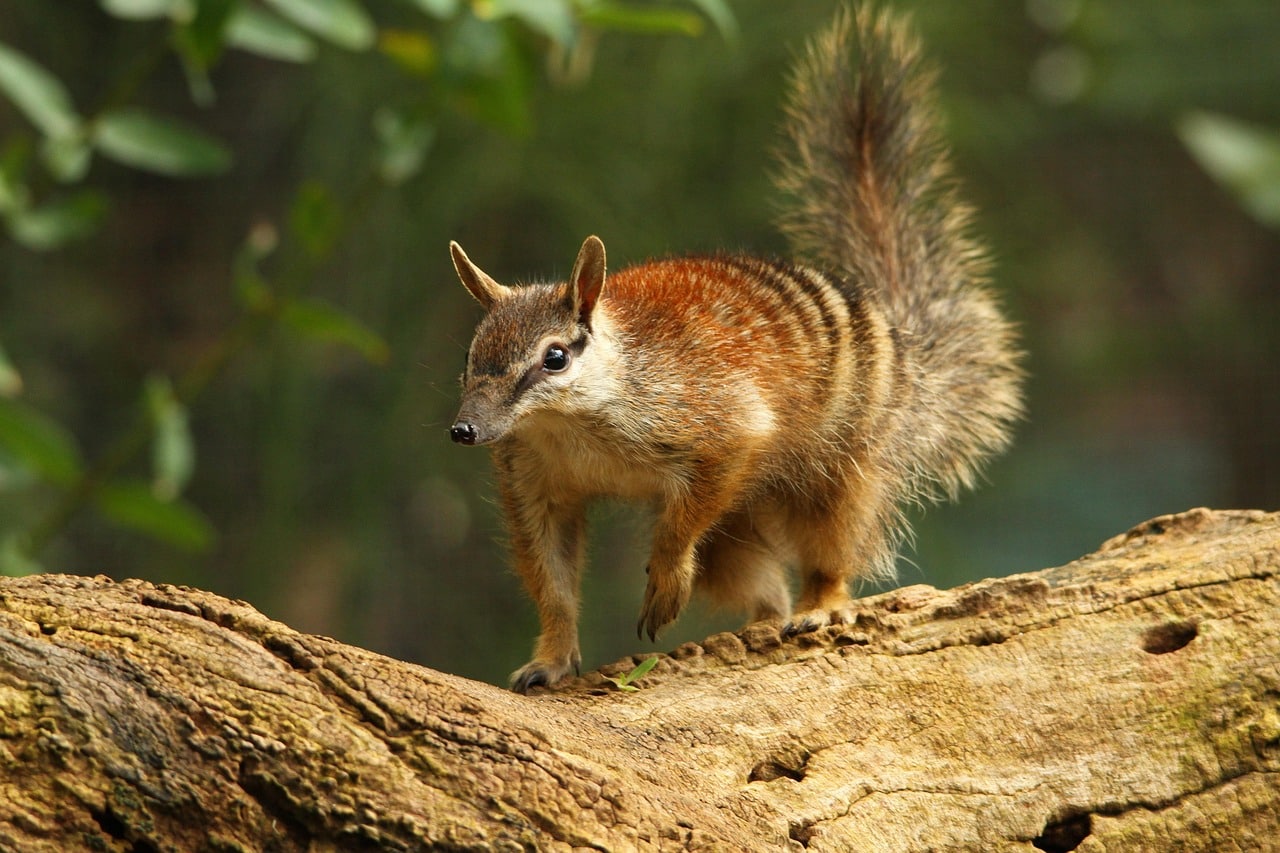 Shutterstock
Shutterstock
The numbat is one of the few diurnal entries in the anteater family, but let’s be honest—most people still have no idea it exists. Despite its preference for daytime snacking, it earned honorary nighttime weirdness points for being so elusive and odd-looking. With a long sticky tongue, racing stripes, and a general vibe of “don’t worry about me,” the numbat is one of those animals that hides in plain sight—or deep Australian bushland. It’s not technically nocturnal, but it deserves a mention in the who-even-are-you category.
The Midnight Misfits We’ll Never Catch Napping In The Sun
 MidJourney
MidJourney
These strange and sneaky animals prefer to live their best lives when the rest of us are passed out, drooling on our pillows. They’ve mastered the art of the night shift, slipping through forests, deserts, and treetops like furry, feathery phantoms. You won’t catch them grabbing brunch or lounging in the sun—they’re too busy being mysterious, majestic, and mildly chaotic in the dark. Unless you’ve got night vision goggles and a lot of snacks, you’ll just have to trust they’re out there, thriving in their moonlit mischief.

 18 hours ago
4
18 hours ago
4


















 English (US) ·
English (US) ·